Fifty-Thousand-Dollar headphones. Just think about that for a second. Let it sink in…
You can actually buy a pair of headphones for $50,000.
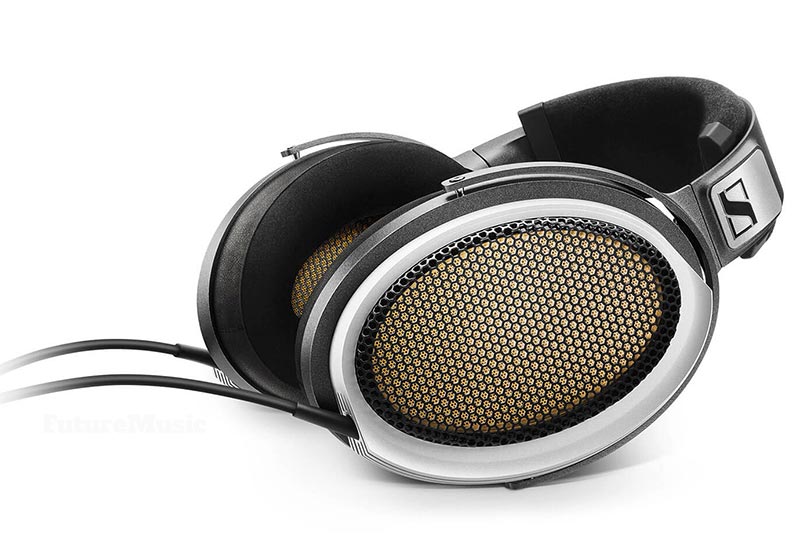
The headphones in question, are the successor to the original Sennheiser Orpheus, an electrostatic headphone system, which debuted in 1990. The original became the high-water mark for headphone performance in the industry, and pre-owned units still sell for astronomical prices on eBay. To ring in the German company’s 70th anniversary, Sennheiser announced the sequel, the Orpheus HE-1, and I had the unique opportunity to experience the Orpheus first-hand. “With the Orpheus, we are once again pushing the boundaries and are showing that we can repeatedly set new benchmarks in excellence and reshape the future of the high-end audio world,” boasts Sennheiser CEO Daniel Sennheiser.
Well, for your fifty large you do get more than just headphones. It does also come with a specialized power supply and a tube pre-amp housed in Italian marble. Some may dismiss the entire enterprise with a wave of the hand and some muttering about too much disposable income on top of a mid-life crisis with a dash of Botox thrown in. But when Sennheiser decided to devise a sequel to their Orpheus headphones, nothing was off the table.
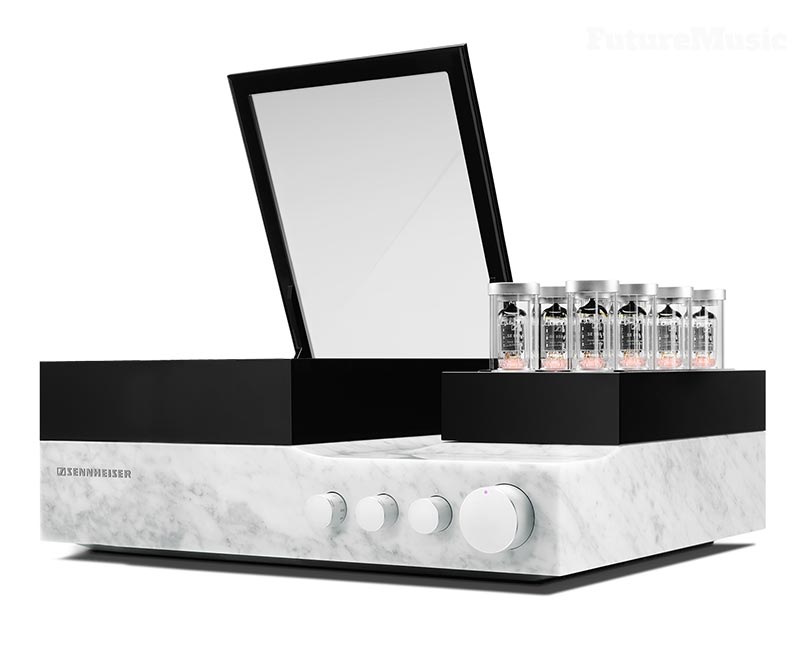
At one kilohertz and a sound pressure level of 100 decibels, the total harmonic distortion of the headphone system is a mere 0.01 percent, which means it reproduces the sound of the audio source with greater fidelity and in more detail than any other product in the audio world.
—Axel Grell, Portfolio Manager Audiophile at Sennheiser
The headphones employ a new amplifier concept that combines the impulse processing of a tube amplifier with the low distortion of a transistor amplifier. The eight vacuum tubes that process the incoming signal offer superior impulse processing, but that comes at the expense of air-borne noise due to their sensitivity. To combat this inherent challenge, the amplifier housing was crafted from granular, inhomogeneous Carrara marble and is freely suspended with the amplifier. Sennheiser claims the decoupling of the tubes in combination with the damping properties of the marble has the effect of reducing structure-borne noise to an absolute minimum. In addition, the tubes themselves also have a patent-pending enclosure consisting of quartz-glass bulbs that perfectly shield them from their surroundings.
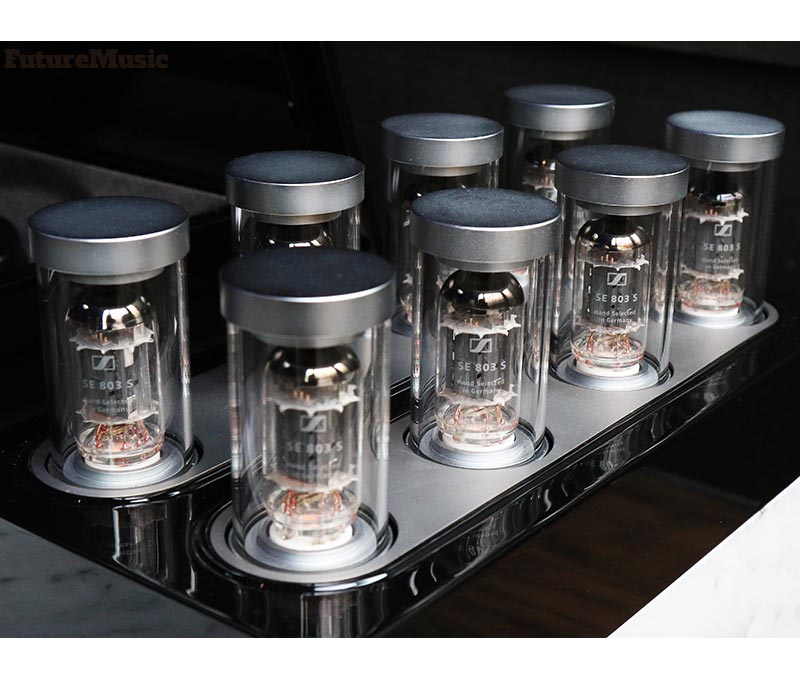
The tube amplifier is then fed into a patented high impulse amplifier stage that is directly integrated into the cups of the headphones. Sennheiser states the result is a 200 percent rise in efficiency, which addresses the loss of power inherent in electrostatic headphone design, where two-thirds of the amplifier power is lost in the cable between the headphones and the tube amplifier, significantly reducing sound waves pressure. Sennheiser took a different approach by amplifying the alternating voltage to high voltages directly at the gold-vaporized ceramic electrodes in the headphones themselves, and not at the beginning of the cable. The advantage of this design modification is the short distance between the amplifier and the diaphragm, and thus, the headphone system requires far less power for charge reversal, as the current capacities are much lower, ensuring high impulse fidelity with relatively low power requirements. Equal to the tubes of the tube amplifier, the system’s MOS-FET transistors have a square characteristic curve to prevent the hard distortion that occurs in amplifiers with bi-polar transistors.
The Orpheus features a wide range of analog and digital connectivity, including balanced inputs, unbalanced inputs (the incoming signals are balanced before being further processed), S/PDIF (optical and coaxial) and USB. To convert the digital music data into analog signals, the Orpheus utilizes the ESS SABRE ES9018 chip. In the Orpheus, its eight internal DACs convert audio data with a resolution of 32 bits and a sampling rate of up to 384 kHz or DSD signals with 2.8 MHz and 5.6 MHz into balanced analog signals. For each stereo channel, four DACs are connected in parallel for noise reduction. As a result, the entire frequency spectrum of high-end audio sources is reproduced with practically no distortion.
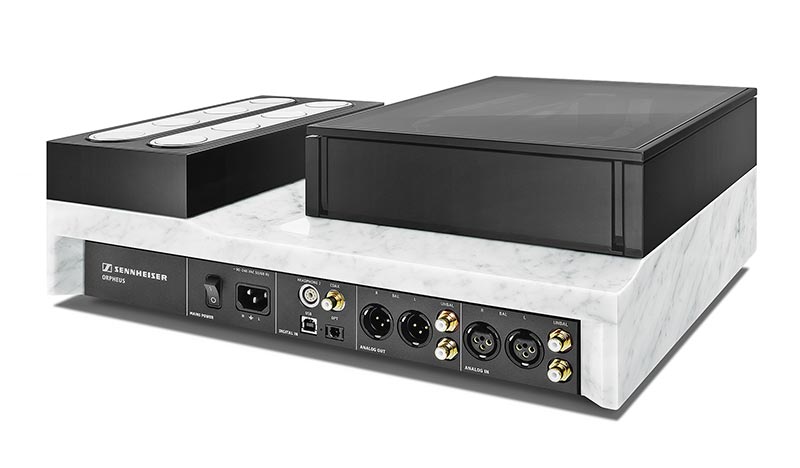
Sure we can talk specs such as gold-vaporized ceramic electrodes and oxygen-free copper wires plated with a coating of silver, but the real question is how do Sennheiser’s $50,000 headphones sound? Damn good. In fact, they are so detailed and clear, with a frequency response of 8 hertz to more than 100 kilohertz, that they easily exceeded the Super Audio CD material provided for my demo. In my brief time with the Sennheiser HE-1, I listened to Hotel California by the Eagles and Come Away With Me by Nora Jones. The Sennheiser’s easily handled the increased dynamic range, expansive sound stage and nuances of the recording without breaking a sweat. If you’re not familiar with SACD, you’d probably be amazed unearthing new percussive elements, thick, tubby bass notes and distinctive, crisp vocals. However, I’ve actually listened to the SACD version of Hotel California before on some very expensive loudspeakers, so none of this was new to my ear. However, the difference here was that I felt the Sennheiser’s were bored. Almost as if the new Orpheus was rolling its eyes and saying: Really? This is all you got?? I can do Hotel California in my sleep.
All right Orpheus, let’s see what you can do with Ms. Jones…
Although the modern production techniques on Come Away With Me eliminated Hotel California’s pronounced tape hiss, the Orpheus still felt disinterested. The Senn’s had no problem outpacing the source material, reproducing Come Away With Me with an extremely balanced sound signature, I’ve never heard before. This delicate track often sounds flat with limited dynamic range on many quality headphones.
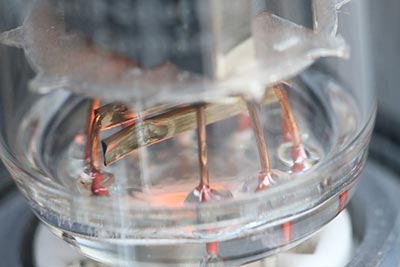
Even the upper registers of the piano and Nora’s sensuous vocal tone can sound muted. Not on the Sennheiser. With these cans, I felt I was sitting on the piano bench next to Nora. They provided a visceral presence that I’ve only felt experiencing a live performance, living up to Sennheiser’s claims. But again, it was like watching Steph Curry draining three’s, the Sennheiser’s just didn’t even have to try that hard to deliver the championship. I looked over that the Italian marble chassis with the matte silver knobs and eight tubes protruding out of the the top and, again it was imploring me, “Come on Dude! Throw some Skrillex on, so I can at least get a workout in…”
Alas, there was no electronic music on hand to see how the Orpheus would handle thumping 909 or droned-out 808 kicks, some tweaky Massive synth sounds or even a dubbed out Minimoog bass. But I do feel like the Orpheus would welcome the challenge and deliver the goods. Big time. That said, the Orpheus is not targeted at the Firestarter market. I can certainly picture it in the living room of Michael Bay’s spectacular, cliff-hanging Hollywood hills home as the soft orange and red sunset hues try to break through the brown haze of the Sunset Strip.
Aside from one aesthetic choice, the Sennheiser Orpheus HE-1 is a gorgeous spectacle to experience in the wild. Sennheiser claims that using marble, wait, not just marble, Italian marble, and not just Italian marble, but the same marble that Leonardo DiVinci used to sculpt “David” as the chassis for the pre-amp provides some sort of acoustic benefit. Maybe it does, but it was probably more of an aesthetic choice than anything else. And in the end, it was a brilliant idea. The solid block looks divine with soft, grey-blue veins running throughout and a veneer that begs to be petted. The solid, brushed-aluminum knobs on the front panel extend and retract from the marble when the unit is turned on and off, and offset the marble beautifully without too much contrast.
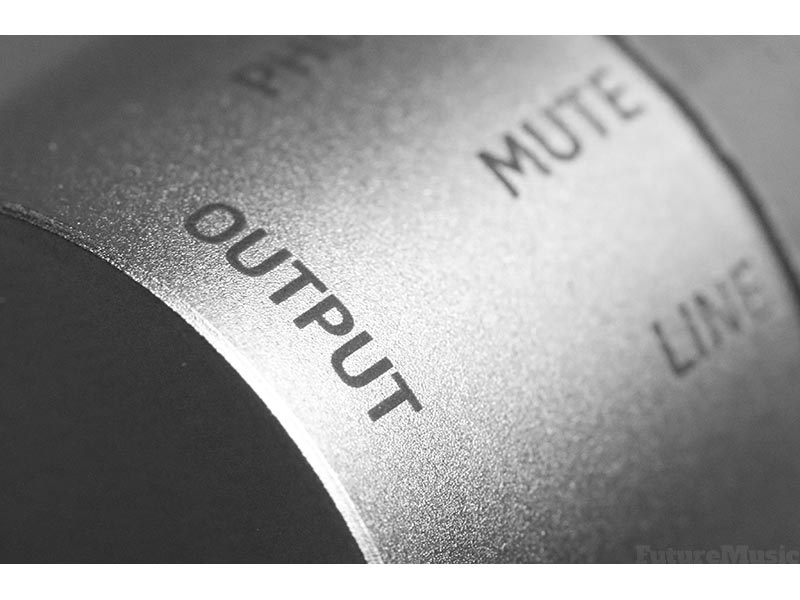
Eight tubes on the top panel rise out of a block of brushed aluminum on the top, at the same pace as Superman’s crystal control panel in his arctic retreat. They are lit from below with golden LEDs, providing an almost steampunk counterpoint to the marble and brushed aluminum. To the left is a black square coffin, with a black piano lacquer finish, which houses the headphones. Now this is just my aesthetic opinion, but I think this design choice comes up wanting and actually takes away from the marble, glass tubes and brushed aluminum. The organic nature and simplicity of the marble is now over shadowed by a big black box on the top, which vacuums away the energy and soul of the rest of the unit. A better choice would have been a designated headphone stand, preferably separated from the pre-amp and covered with a clear pyrex box, which you could lift off by grabbing a Sennheiser logo handle. This would have preserved the simplicity of the pre-amp, showcased the headphones and provided dust protection.
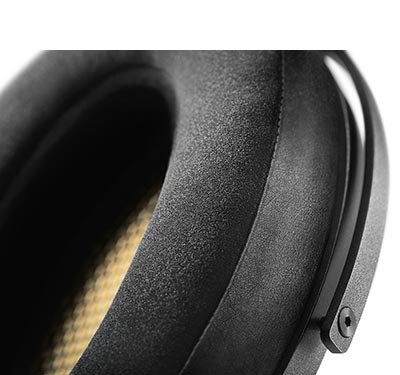
The rear of the preamp contains a full complement of gold-plated, connectivity options with the a thick power cord, telling you again that this unit is not for the meek. The over the ear headphones feature leather ear cushions are hand-crafted in Germany and the inner side of the cushions contain hypoallergenic, breathable microfiber fabric. I have average-sized ears and found the headphones to be very comfortable. They weren’t so light that I didn’t know I was wearing them, and the band provided just enough force to stay put without any pressure points.
As stated before, I only spent a brief time listening to the Orpheus HE-1, but I did come away very impressed. They certainly bested any headphone listening experience I’ve had in recent memory, and the build-quality is world-class. One of the questions I came away with was are the Sennheiser’s $48,600 better than their own $1400 HD800 headphones or another pair of stratospherically-priced cans? In other words, is the listening experience exponentially better at the highest price point? Then I realized, anyone who can entertain spending $50,000 for a headphone listening experience, probably isn’t asking themselves that question. Instead, they’re probably thinking…
These are the highest price headphones you can buy, they look great, sound better, and damnit, they’ll look phenomenal in my Malibu beachfront mansion. Another showpiece, along with the three Lambo’s in the garage and the indoor bowling alley, to prove to my friends that I’ve got other things to do with my money besides blowing it on Beverly Hills plastic surgeons, women a quarter of my age and Hazelden bills for my estranged children.
On the flip side, for someone like Jay-Z or Rick Ruben, who has the money, but actually wants the best headphone listening experience, Sennheiser’s Orpheus HE-1 will be hard to pass up.
Sennheiser






